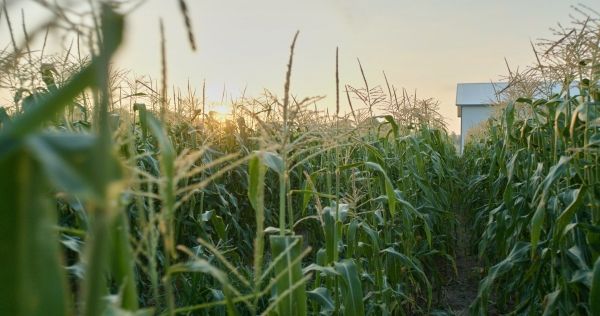A major challenge in genomics-enabled crop improvement is functional annotation of cis-regulatory elements in crop genomes and the ability to harness these sequences, either through breeding or biotechnology, to fine-tune target pathways with minimal disruption to the complex networks in which they reside.
A team of researchers led by Andrea Eveland, Ph.D., assistant member, Donald Danforth Plant Science Center, has mapped out the non-coding, ‘functional’ genome in maize during an early developmental window critical to formation of pollen-bearing tassels and grain-bearing ears. Integrating information on chromatin structure, transcript profiles, and genome-wide association studies, their analyses provide a comprehensive look into the regulation of inflorescence differentiation in a major cereal crop, which ultimately shapes architecture and influences yield potential. This study by Parvathaneni and Bertolini et al., “The regulatory landscape of early maize inflorescence development”, was published on July 6, 2020 in the journal, Genome Biology.
Continue reading at Donald Danforth Plant Science Center
Image via Donald Danforth Plant Science Center


